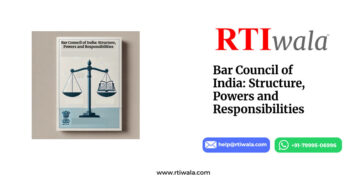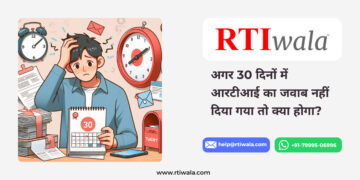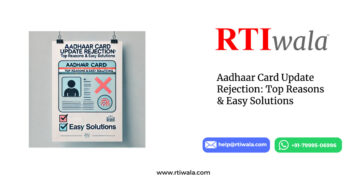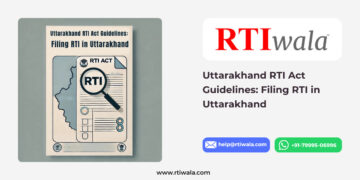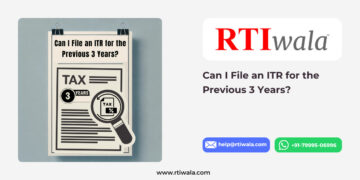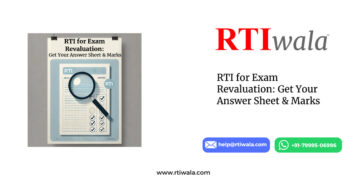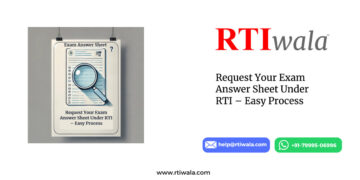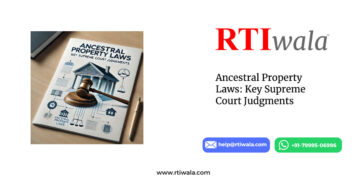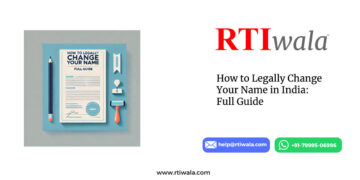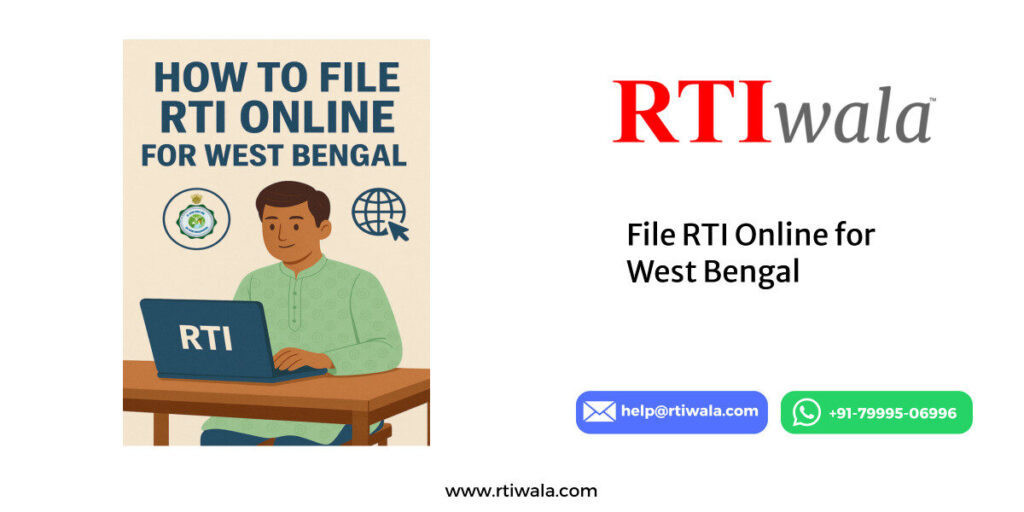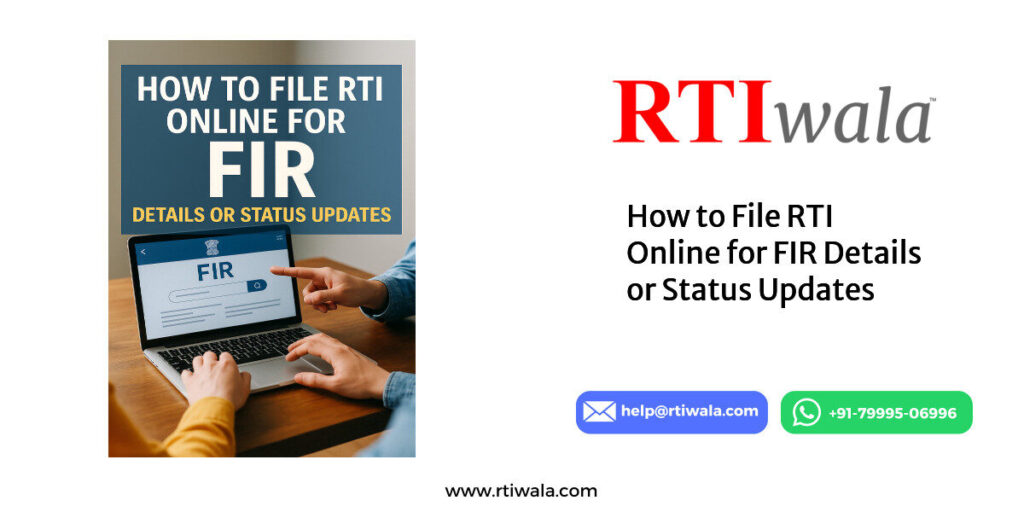Introduction
ATM withdrawals are meant to provide convenient access to cash, but excessive charges can often leave customers frustrated. From high withdrawal fees after crossing free transaction limits to unexplained deductions, these issues demand transparency. Filing an RTI application can help you uncover the reasons behind high charges and hold banks accountable.
What Are ATM Withdrawal Charges?
Banks impose charges for ATM withdrawals after customers exceed the permissible free transactions per month. These fees are meant to cover operational costs but can sometimes appear excessive or unclear, leading to disputes.
Why Are High Charges Imposed?
Common reasons for high ATM withdrawal fees include:
- Exceeding free transaction limits: Most banks allow only a fixed number of free withdrawals.
- Use of other bank ATMs: Additional charges apply for non-home bank ATMs.
- Cash shortage fees: Extra fees during high-demand periods.
- Policy changes: Hidden updates to withdrawal charges or limits.
Such charges often lack proper notification, leaving customers unaware of updated policies.
Impact of High ATM Charges on Customers
Excessive withdrawal charges can:
- Erode trust in banking institutions.
- Affect savings due to recurring deductions.
- Cause frustration, especially for those relying heavily on cash withdrawals.
- Create confusion due to unclear or poorly communicated policies.
If left unchecked, these issues can escalate, making it crucial to explore online RTI filing for answers.
Steps to Resolve Disputes Over High Charges
Here’s how to address issues related to high ATM withdrawal charges:
- Verify Your Transaction History:
Check your bank statement to confirm the charges and their descriptions. - Contact Customer Service:
Raise your concerns with the bank’s support team and request a detailed explanation. - Request Fee Reversal:
If the charges are unjustified, request a refund or waiver. - Escalate the Matter:
Approach the bank’s grievance cell if the issue remains unresolved. - File an RTI Application:
Use RTI to get detailed information about the charges, fee policies, and steps taken to resolve your complaint.
How RTI Can Help Address ATM Charge Queries
Through the Right to Information Act, you can:
- Request a detailed breakdown of ATM withdrawal charges.
- Verify if the charges comply with RBI guidelines.
- Seek clarity on updates to fee policies and notification procedures.
- Hold the bank accountable for lack of transparency or overcharging.
An RTI query could be framed as:
“Provide details of ATM withdrawal charges deducted from my account (Account Number: XXXX) between [date] and [date], along with the policy governing these charges.”
With RTIwala, you can ensure your RTI online filing is error-free and effective.
Why Choose RTIwala for Filing RTI?
RTIwala simplifies the process of addressing ATM charge queries by:
- Professional Drafting: Crafting precise and impactful RTI applications.
- Anonymous Filing: Protecting your identity in sensitive cases.
- Follow-Up Services: Tracking your RTI application for timely responses.
- Affordable and Secure Services: Providing cost-effective solutions with data confidentiality.
Resolve Your ATM Charge Queries with RTIwala Today
Success Stories
A customer noticed excessive ATM withdrawal charges despite using only their home bank ATM. Filing an RTI with RTIwala revealed system miscalculations, leading to a refund and policy clarification.
A rural account holder faced charges for withdrawals from another bank’s ATM due to unnotified policy changes. Filing an RTI application uncovered the lack of proper communication, prompting the bank to waive the charges and update its practices.
FAQs
1. Can RTI be filed for ATM charges imposed by private banks?
Yes, private banks offering public financial services are subject to the RTI Act.
2. How soon can I expect a response after filing RTI for ATM charges?
The bank must respond within 30 days of receiving the RTI application.
3. What details should I include in my RTI application for ATM charges?
Mention your account number, transaction dates, and specific queries about the charges.
4. Is it safe to file an RTI with sensitive banking information?
Yes, filing through trusted platforms like RTIwala ensures your information is handled securely.
5. What can I do if the bank doesn’t respond to my RTI query?
You can escalate the issue by filing a first appeal or contacting the Banking Ombudsman.
Conclusion
Excessive ATM withdrawal charges can drain your funds and cause unnecessary stress. Filing an RTI application empowers you to demand transparency and accountability from banks. With RTIwala, filing RTI online becomes simple, secure, and efficient.
Don’t let unexplained deductions go unanswered—File Online RTI with RTIwala and reclaim your peace of mind today!

































